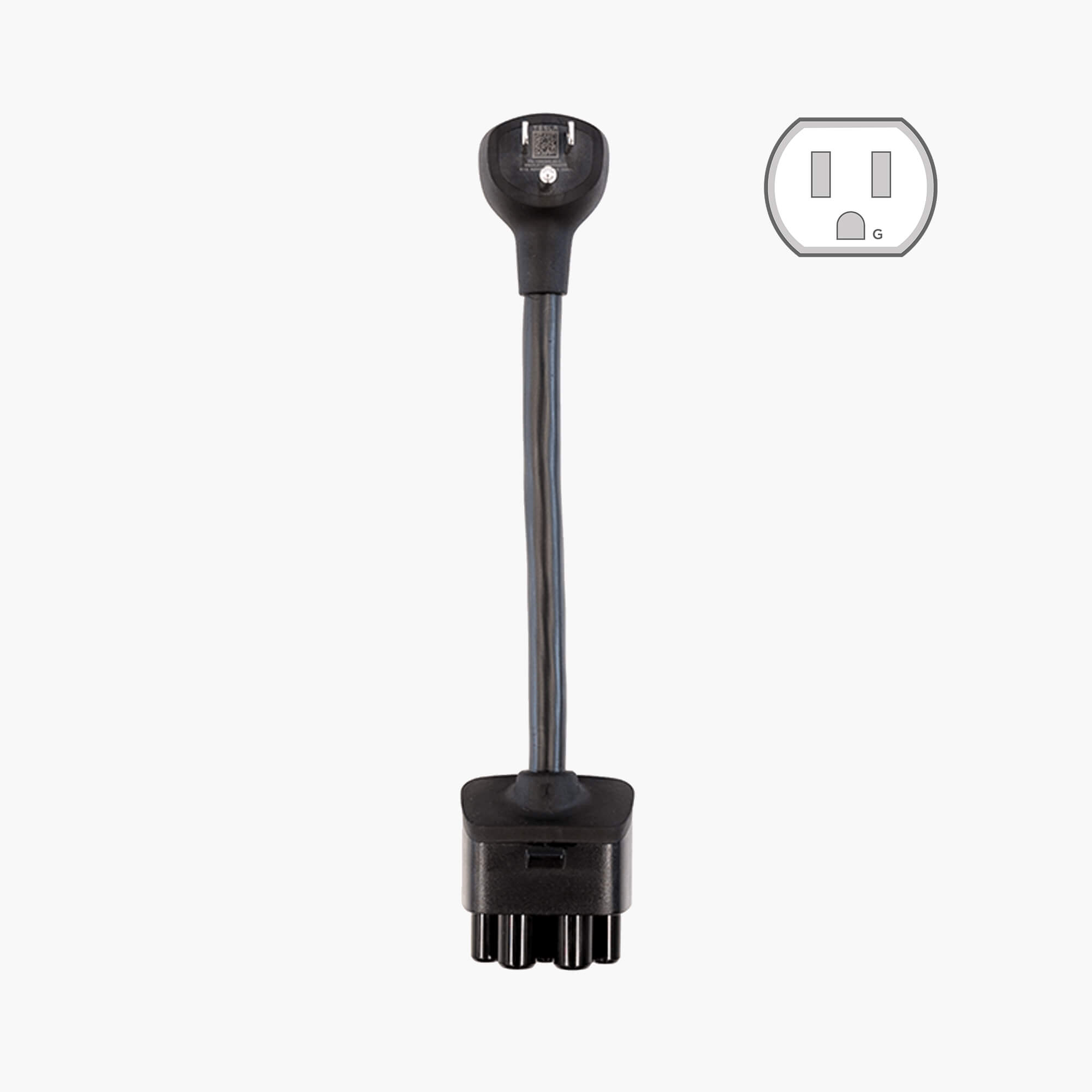I've got an S that I sometimes park where there's only a 15a / 120v circuit. It charges, eventually. It's also less efficient.
I would do as was suggested prior -- have an electrician disconnect all other outlets from a convenient circuit and convert that to 240v; ideally a 20a circuit. (such a process would be "hire electrician; find nearest reasonable plug, replace plug, disconnect all other plugs from that branch).
If that's not possible, these other options you're suggesting are probably not wise -- I'd avoid plug adapters that change from 15 to 20a plugs on the EVSE, I'd avoid extension cords as well; the EVSE / charger things typically have temperature sensors in the plug to see if they're causing the plug to get warm, and if you're using an extension cord it won't be monitoring the plug temperature.
Any of these things will _probably_ be fine regardless of what you do, because code's got a big buffer for silly things people have done in the past, but keep in mind things catch fire, can electrocute you, etc, and also keep in mind that someone not you may eventually interact with whatever you're putting together, either in the context of them not knowing what's going on or worse, getting hurt by it.



